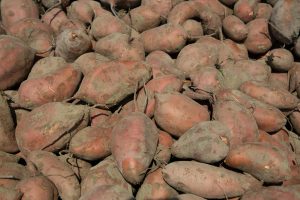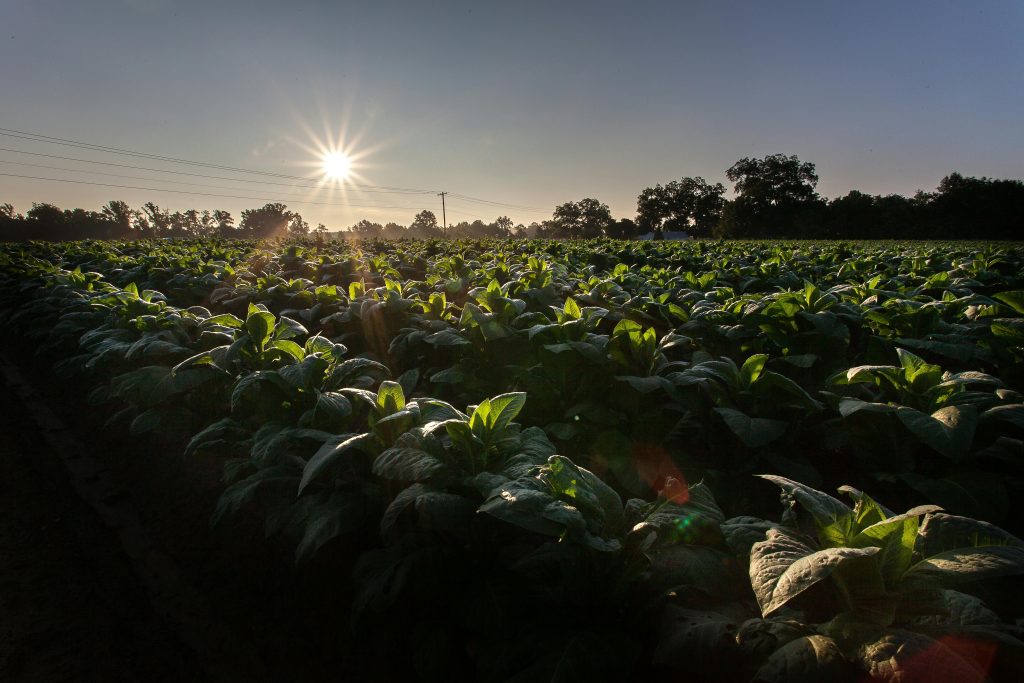
Gypsum for Root Crops: Preventing Cracking and Improving Shape
Root crops are among the most reliable and versatile vegetables grown in fall gardens. Carrots, beets, radishes, potatoes, and turnips are staples for both commercial

As October settles in and frost looms on the horizon, many growers shift their focus toward harvesting what is left in the field. Yet fall is not just a season of harvest; it is also the best time to prepare soil for the months ahead. Vegetable beds that are enriched and balanced in autumn emerge healthier and more productive in spring. One of the most effective and often overlooked soil amendments for this purpose is gypsum.
Gypsum, or calcium sulfate, provides two essential nutrients: calcium and sulfur. Both play critical roles in plant health, but gypsum is unique because it improves soil structure without altering soil pH. That makes it valuable for a wide range of soils, particularly heavy clays and compacted garden beds. By applying gypsum before winter, growers give their vegetable beds a balanced nutrient boost while improving the conditions for root development, drainage, and fertility.
At Supply Solutions LLC, high-quality gypsum is available to help farmers, landscapers, and home gardeners prepare soils for the challenges of winter and the opportunities of spring.
Calcium is one of the most important secondary nutrients in plant growth. While it is not part of the N-P-K trio, its role is no less essential.
Without enough calcium, vegetables may suffer from poor growth, weaker tissues, and higher susceptibility to disease.
Sulfur, the other component of gypsum, has gained importance as atmospheric sulfur deposits have declined. For vegetables, sulfur is critical for:
Balanced sulfur nutrition makes vegetables healthier and tastier.
Beyond its nutrient contributions, gypsum acts as a soil conditioner. It flocculates clay particles, binding them into larger aggregates that improve soil texture. The results are dramatic:
For compacted or clay-heavy vegetable beds, gypsum is an essential tool.
October is the ideal month for gypsum applications.
By preparing beds in fall, growers save time and improve results in spring.
Commercial growers depend on soil fertility and structure for profitability. Gypsum provides advantages that directly impact the bottom line.
For market growers, gypsum is an affordable amendment that improves both yield and quality.
Landscapers who manage edible beds for estates, schools, or community gardens find gypsum especially useful.
For landscapers, gypsum adds value to services and delivers noticeable results.
Home gardeners also gain from gypsum applications in fall.
Gypsum is easy to apply and affordable, making it one of the best amendments for backyard gardens.
Understanding these points ensures gypsum is applied effectively.
At Supply Solutions LLC, gypsum is chosen for consistency and solubility. Growers can trust it to deliver results for vegetable beds of all sizes. With reliable products and expert advice, Supply Solutions LLC helps farmers, landscapers, and gardeners make smart decisions for soil health.
Healthy vegetable gardens begin with balanced soil. Calcium and sulfur are critical nutrients, and gypsum provides them while also improving soil structure. By applying gypsum in October, growers ensure that soils are looser, roots are stronger, and plants are better prepared for spring. It is a simple, affordable amendment that delivers lasting results.
For gypsum and other trusted fertilizers, visit Supply Solutions LLC. Reach us through our contact form, message us on Facebook, call 503-451-1622, or email sales@mysolutionssupply.com to get the products and guidance you need for healthier vegetable beds and more productive harvests.

Root crops are among the most reliable and versatile vegetables grown in fall gardens. Carrots, beets, radishes, potatoes, and turnips are staples for both commercial

Pumpkins are a symbol of autumn. From carving jack-o’-lanterns for Halloween to baking pies for Thanksgiving, they dominate both markets and households throughout October and
Give us a call or visit our store, and we’ll help you find the right solution for your business.
© Supply Solutions LLC 2025